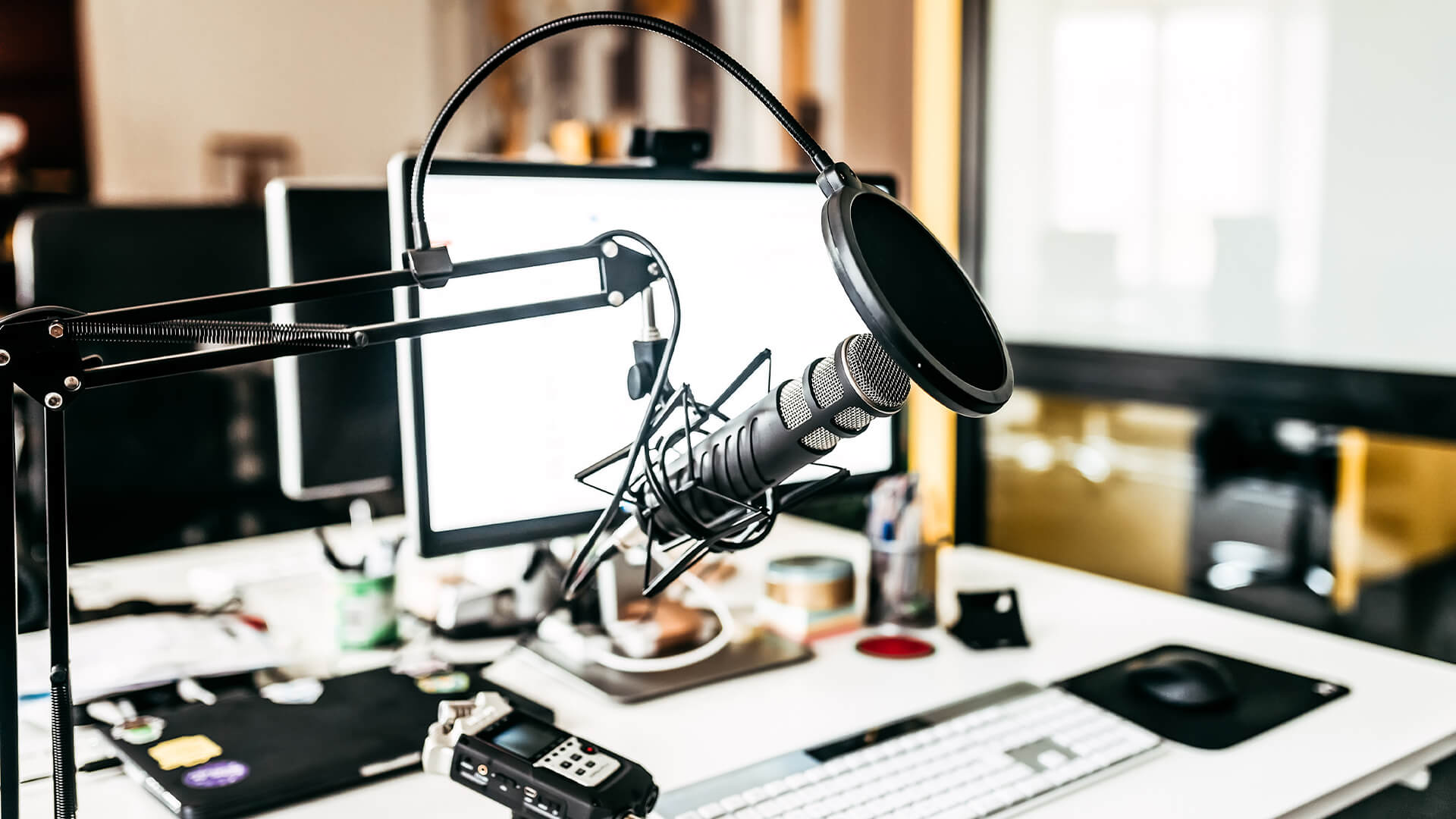Recording commercial music in a bedroom, a basement, or even a garage instead of a professional studio seems to be the norm these days, especially after the pandemic forced people to stay away from public spaces for so long. Even before that time though, many self-taught producers have put together home studios as part of the learning process and have released great records from these sacred spaces. My favorite example of an album recorded mostly at home is WHEN WE ALL FALL ASLEEP, WHERE DO WE GO? by Billie Eilish, which was released in 2019 and received several Grammy awards. Since beginning my journey as an independent artist, I’ve resorted to home recording for its convenience. I have a low budget, work remotely with other producers, and am in a smaller town with fewer studios available. There’s certainly no right way to have a home set up, so long as you can capture the desired sound. Below are some details of my home recording process to inspire you to set up your own budget-friendly space.
I adapted my main studio space from my bedroom, utilizing a large office desk for listening and recording and my dresser drawers for storing gear. Keeping some room acoustic principles in mind is important, but I believe it’s not a dealbreaker if you can’t find the perfect spot in your allocated space. We can make do with what we’ve got and adjust accordingly. My room isn’t a perfect square which is good for minimizing room nodes. I’ve set my desk up along the longest wall with windows behind it. The windows are covered by thin shutters which I can use as diffusers, and if I’m looking for more isolation, I can easily drape blankets over them. I think it’s up to the producer how much acoustic treatment is needed. Being the cheapy cheapscape I am, I just keep all my blankets around for when I need them and clean up additional room noise using iZotope RX9 as part of my editing process.
At my desk, I primarily record vocals and occasionally acoustic guitar. My guitar has a DI option available, so I typically record that with a microphone pointing to the body of the guitar at some distance to capture different textures. For quick vocal layering, I use a portable vocal shield over my microphone and punch record while sitting at my desk. When recording lead vocals, however, I set up a makeshift booth in my closet for more precision. I’m going for a dryer sound, so I still use the vocal shield in the closet. For extra precaution, I set up my blankets on the floor and used the hangers in my closet to drape them along the walls. It seems tedious, but I usually spend the whole day in my “booth” working through multiple sessions so I can spend the rest of my time editing in my main space. It also guarantees I won’t capture my dog’s snores in my room…
I keep the gear I use simple and consistent because it’s more efficient for me to keep equipment and levels set up to my preference. It also makes it easier to troubleshoot any issues because I’m so familiar with my toolbox. For my microphone, I use an Audio Technica 4050 large diaphragm condenser microphone for vocals and acoustic guitar. I’ve found it to be a budget-friendly option for large diaphragm condensers that still capture higher frequencies accurately. I was kindly gifted my audio interface, the Universal Audio Apollo Twin Duo, which is a few years old now and works for my ProTools and Ableton sessions. It’s a great option for anyone recording at home who only needs a few inputs, but there are other options like a Focusrite Scarlett interface that are less expensive and will work just fine. The magic in a recording will most likely come from you and not the gear you use.
For loudspeakers, I’ve had the Kali Audio LP-6 monitors for a few years now, and they are an awesome budget-friendly choice for a new home studio. I have them set up on my desk with foam barriers underneath, and I measure my listening position on a weekly basis (mostly because I have a very curious studio cat). The most important aspect of having a good home listening environment for me is having references and knowing how my space sounds. I keep a Spotify playlist of mixes I’m familiar with, and I check mixes on my headphones, speakers, iPhone, AirPods, and especially my car where I spend most of my time listening to music. I also check my mixes with other producers and friends and family so I don’t get stuck in my mind and my room.
The final touch to any home studio is to invite your aesthetic and energy into it. I love having candles, crystals, plants, and my pets in my room to raise the vibrations. I’m integrated entirely into the recording process because I have this small but sacred space that is uniquely mine. Traditional studios are still incredible places to create and record, but for now, I’ve found a method that works great with my lifestyle as an independent artist with engineering capabilities. I hope this inspires you to put together your home studio, big or small.
